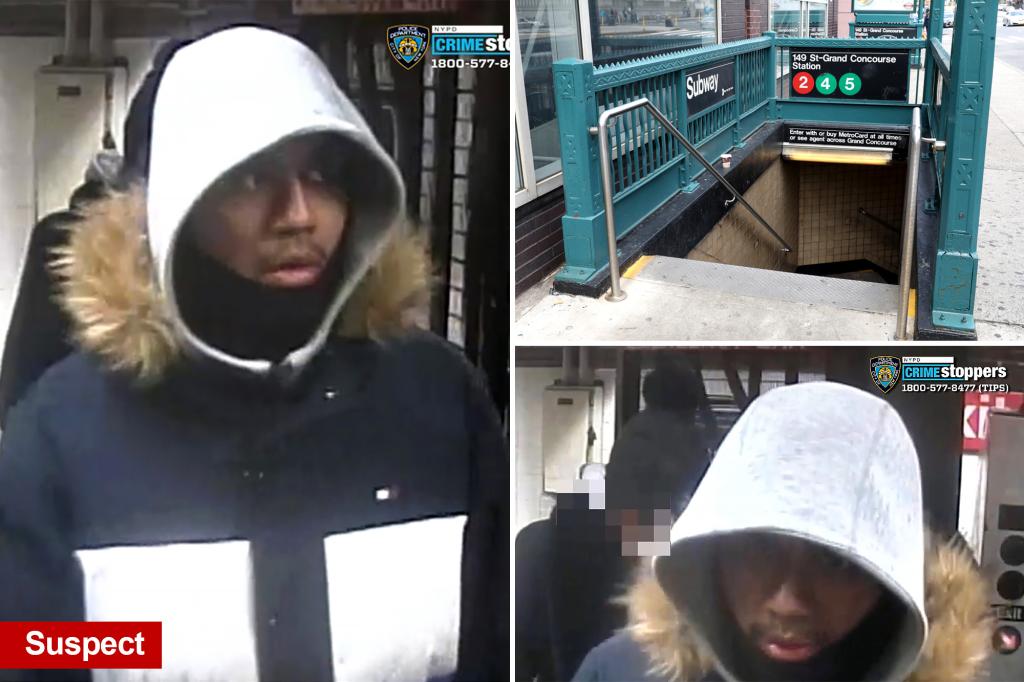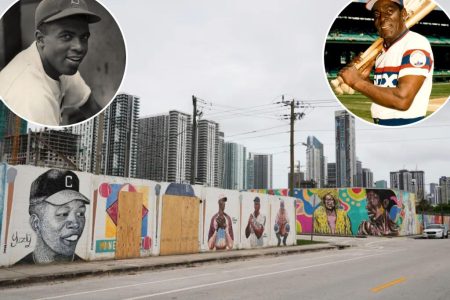On a Tuesday afternoon in December, a chilling incident unfolded within the bustling confines of the 149th Street-Grand Concourse subway station in the Bronx. An 18-year-old, identified as Antonio Romero, allegedly slashed a 17-year-old girl across the face, leaving a deep wound that required multiple stitches. The attack, seemingly unprovoked at first glance, stemmed from an ongoing online feud between the victim and Romero’s brother on the social media platform Instagram. This seemingly trivial dispute escalated into a violent act, highlighting the potential dangers of online conflicts spilling over into the real world and the increasing prevalence of youth violence. The incident also underscores the pervasive anxiety and unease surrounding safety within the New York City subway system.
Romero’s alleged confession to the police painted a picture of a premeditated attack fueled by a misplaced sense of loyalty and a distorted perception of threat. He claimed to have approached the girl, and upon seeing her hand in her pocket, he became “nervous.” This perceived threat, potentially misinterpreted as the girl reaching for a weapon, prompted Romero to pull out his own knife, which he claimed he carried for protection. In a split-second decision, he “sliced her in the face,” leaving a lasting physical and emotional scar on the victim. This act of violence raises concerns about the accessibility of weapons to young individuals and the normalization of carrying knives for protection, a practice that often escalates rather than mitigates violence.
The victim, a young girl caught in the crossfire of an online dispute that spiraled out of control, was rushed to Harlem Hospital for treatment. The deep gash across her cheekbone and down to her mouth served as a stark reminder of the physical and psychological trauma that can result from such acts of violence. The incident underscores the vulnerability of young people, particularly girls, in public spaces and the potential for seemingly minor online disagreements to escalate into real-world violence. It also highlights the ripple effect of online conflicts, impacting not only those directly involved but also their families and communities.
The NYPD swiftly released surveillance footage of the suspect fleeing the scene through a subway emergency exit. Upon being confronted with this evidence, Romero readily admitted to being the individual in the footage. This confession, coupled with his earlier admission of guilt, cemented his involvement in the attack. He was subsequently charged with a series of offenses, including assault, attempted assault, criminal possession of a weapon, and harassment. This incident marked Romero’s first arrest, a stark turning point in the young man’s life, raising questions about the underlying factors that led him down this path of violence.
The attack on the 17-year-old girl was not an isolated incident. It occurred during a particularly violent month in the New York City transit system, marked by several high-profile and disturbing acts of violence. These included the alleged immolation of a homeless woman by a migrant on a Coney Island-bound F train and the near-fatal shoving of a straphanger onto the tracks in front of an oncoming train in Chelsea. These incidents fueled a growing sense of fear and insecurity among subway riders, raising concerns about the adequacy of safety measures and the effectiveness of law enforcement in protecting commuters.
In response to the surge in subway violence, Governor Kathy Hochul implemented a significant increase in police presence throughout the transit system. Hundreds of officers were deployed to patrol trains and platforms overnight, aiming to deter further incidents and reassure a worried public. This deployment represented a significant investment in public safety, reflecting the growing concern over the safety of commuters and the urgent need to address the root causes of violence within the transit system. However, the efficacy of such measures remains a subject of debate, with some arguing for a more holistic approach that addresses the underlying social and economic factors contributing to crime. These incidents and the subsequent response highlight the complex challenges facing urban transit systems in maintaining safety and security for all riders.










